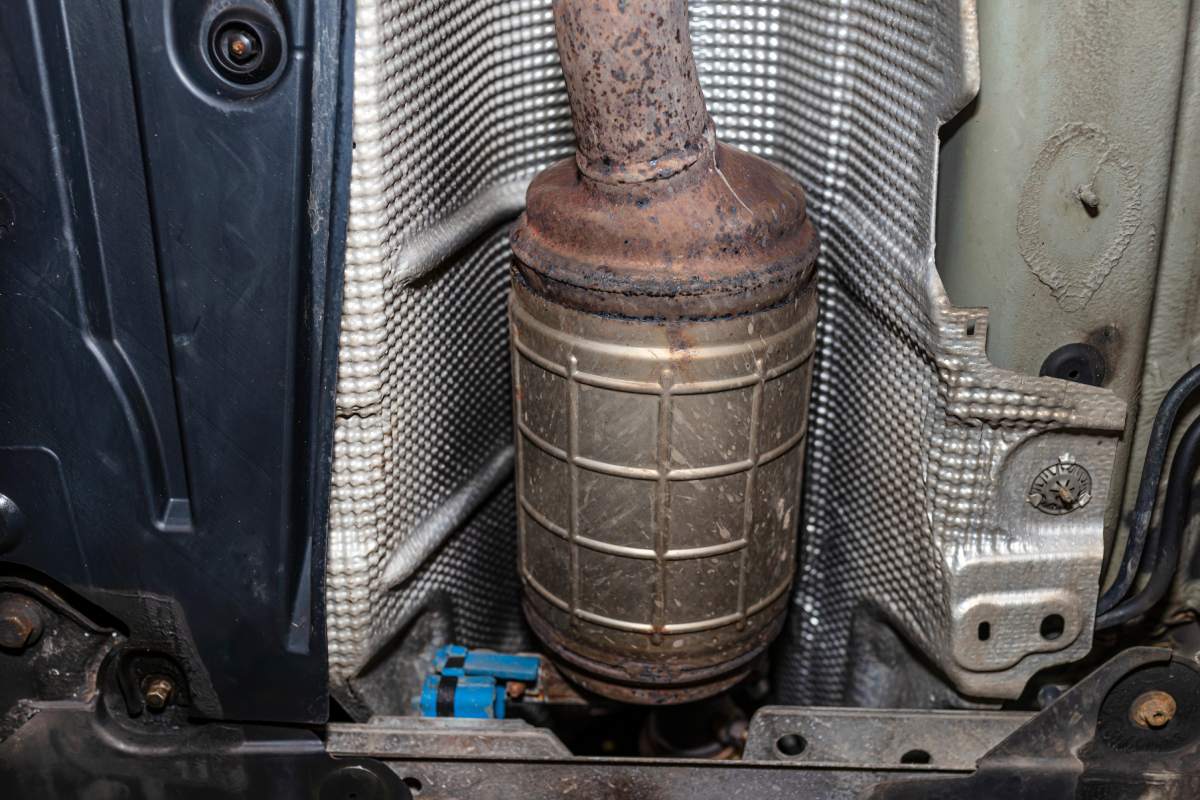
The automotive industry is in the midst of a technological revolution, transforming the way we think about driving and the vehicles we use.
From self-driving cars to electric vehicles and cutting-edge connectivity, the innovations reshaping the industry promise not only to enhance the driving experience but also to create safer, more efficient, and sustainable transportation solutions.
As automakers race to stay ahead of the curve, new technologies are emerging at a rapid pace, with some already starting to change the way we live, work, and travel.
In this article, we’ll explore the latest technologies in cars, the shifts occurring in the automotive industry, and what the future holds for automotive technology.
The Newest Technologies in Cars
Autonomous Driving Technology
Autonomous or self-driving technology is one of the most exciting advancements in recent years. Using sensors, cameras, machine learning, and AI, autonomous vehicles (AVs) can operate without human intervention.
Companies like Tesla, Waymo, and Uber are developing fully autonomous vehicles that could revolutionize transportation.
These vehicles use LIDAR, radar, cameras, and ultrasonic sensors to map their environment and respond to obstacles, lane markings, pedestrians, and traffic signals.
While fully autonomous cars are not yet common, many current vehicles feature semi-autonomous features like adaptive cruise control and lane-keeping assist.
Electric and Hybrid Powertrains
The shift from internal combustion engines (ICE) to electric vehicles (EVs) and hybrids is a major change in the automotive industry, driven by environmental concerns.
Electric vehicles, known for zero emissions and lower operating costs, are becoming more popular. Battery technology has advanced rapidly, with companies like Tesla and Rivian leading the way in creating long-range, fast-charging EVs.
The development of solid-state batteries promises to further improve range and reduce charging times. Hybrid vehicles, including plug-in hybrids (PHEVs), offer a balance of fuel efficiency and gasoline backup for longer trips.
Vehicle-to-Everything (V2X) Communication
Vehicle-to-Everything (V2X) communication technology is an emerging development aimed at enhancing vehicle safety and improving traffic flow.
V2X allows cars to communicate with each other, infrastructure, and other devices to share important information about road conditions, traffic patterns, and potential hazards.
For example, a V2X-equipped car can communicate with traffic signals to adjust its speed and optimize its route based on real-time data.
This technology also enables vehicles to communicate with other connected devices such as smart traffic lights, pedestrians’ smartphones, and even nearby buildings.
The goal is to create an interconnected ecosystem that reduces accidents, improves efficiency, and makes driving safer.
Augmented Reality Dashboards and Heads-Up Displays (HUDs)
Automakers are using augmented reality (AR) to enhance the driving experience by projecting key information onto the windshield or dashboard.
AR dashboards and heads-up displays (HUDs show speed, navigation, and nearby obstacles, allowing drivers to stay focused on the road while receiving essential data. This technology is expected to grow in popularity as it improves safety and convenience.
Smart Interiors and In-Car Connectivity
Modern cars are becoming connected hubs, offering smart features that integrate with the driver’s digital lifestyle.
With voice assistants like Amazon Alexa and Google Assistant, advanced infotainment systems, and in-car connectivity, cars are evolving into extensions of the digital world.
Drivers can stream music, access traffic data, and control settings using voice commands, while 5G networks will enhance connectivity for real-time diagnostics, predictive maintenance, and remote control.
Advanced Driver Assistance Systems (ADAS)
While autonomous driving is still developing, many cars today feature advanced driver assistance systems (ADAS) that enhance safety and convenience.
ADAS includes technologies like adaptive cruise control, lane-keeping assist, automatic emergency braking, and blind-spot monitoring, using cameras, radar, and sensors to monitor surroundings and assist drivers.
These systems aim to reduce human error, a major cause of accidents, and as they improve, they will eventually lead to fully autonomous vehicles.
Changes in the Automotive Industry
The automotive industry is experiencing rapid changes, driven by technological advancements, consumer demands, and shifting societal expectations. Some key changes include:
Shift Toward Electric Vehicles (EVs) and Away from Diesel Engines
As governments enforce stricter environmental regulations and promote cleaner vehicles, automakers, including Ford, General Motors, and Volkswagen, are increasingly focusing on electric vehicles and planning to phase out internal combustion engines and diesel engine vehicles.
Diesel engines once praised for fuel efficiency, are now under scrutiny due to emissions concerns. The adoption of EVs is driven not only by environmental issues but also by advances in battery technology and expanding charging infrastructure.
Car Subscription Services
Car ownership models are also changing. The rise of car subscription services, where consumers pay a monthly fee to access a variety of vehicles, has disrupted traditional car buying.
These services offer greater flexibility and convenience, allowing customers to switch vehicles as their needs change without the long-term commitment of ownership.
Shared Mobility and Ride-Hailing Services
With the rise of companies like Uber and Lyft, shared mobility services are becoming more popular. Consumers no longer need to own a car to get around, as ride-hailing and car-sharing platforms provide an affordable and convenient alternative.
This trend is expected to continue as urbanization increases and people seek more cost-effective and sustainable transportation options.
The Future of Automotive Technology
The future of automotive technology is incredibly exciting. Here are a few trends and advancements to watch out for:
Fully Autonomous Vehicles
Though fully autonomous vehicles are still in the testing phase, the future of driving could involve cars that drive themselves entirely.
This could lead to significant changes in urban mobility, reducing the need for personal car ownership and leading to more efficient transportation systems.
Sustainability and Green Technologies
As climate change continues to be a global concern, the automotive industry is increasingly focusing on sustainable solutions.
In addition to electric vehicles, automakers are exploring hydrogen fuel cells, alternative materials, and more energy-efficient manufacturing processes. The goal is to create cars that are not only zero-emission but also sustainable throughout their lifecycle.
Smart Cities and Connected Infrastructure
The future of driving will be closely tied to the development of smart cities, where connected infrastructure and vehicles work together to optimize traffic flow, reduce congestion, and enhance safety.
In a connected city, traffic lights will communicate with vehicles, and autonomous cars will seamlessly navigate the urban landscape with minimal human intervention.
Conclusion
The automotive industry is undergoing a radical transformation, driven by technological advancements that are reshaping the way we drive, interact with our vehicles, and think about transportation.
From autonomous driving to electric powertrains and smart connectivity, the newest technologies in cars promise a safer, more sustainable, and more efficient future for driving.
As these technologies continue to evolve, we can expect the automotive industry to become even more innovative, with further integration of AI, machine learning, and connectivity.
The future of automotive technology looks bright, and it’s clear that the cars of tomorrow will be smarter, cleaner, and more integrated into our daily lives than ever before.











